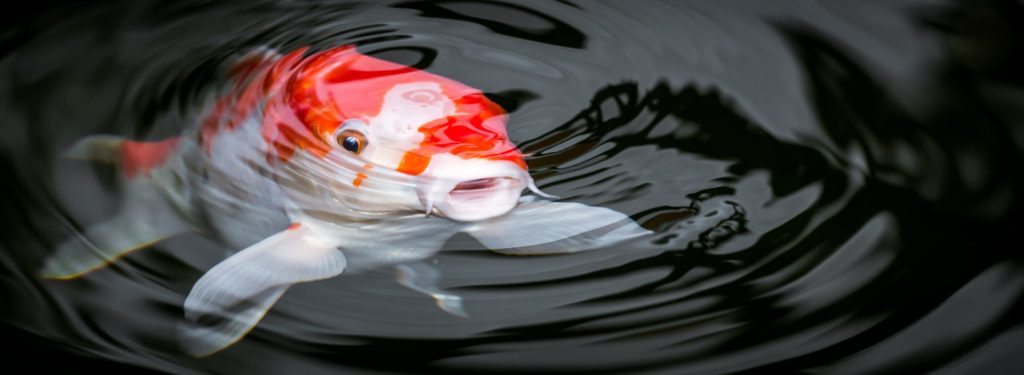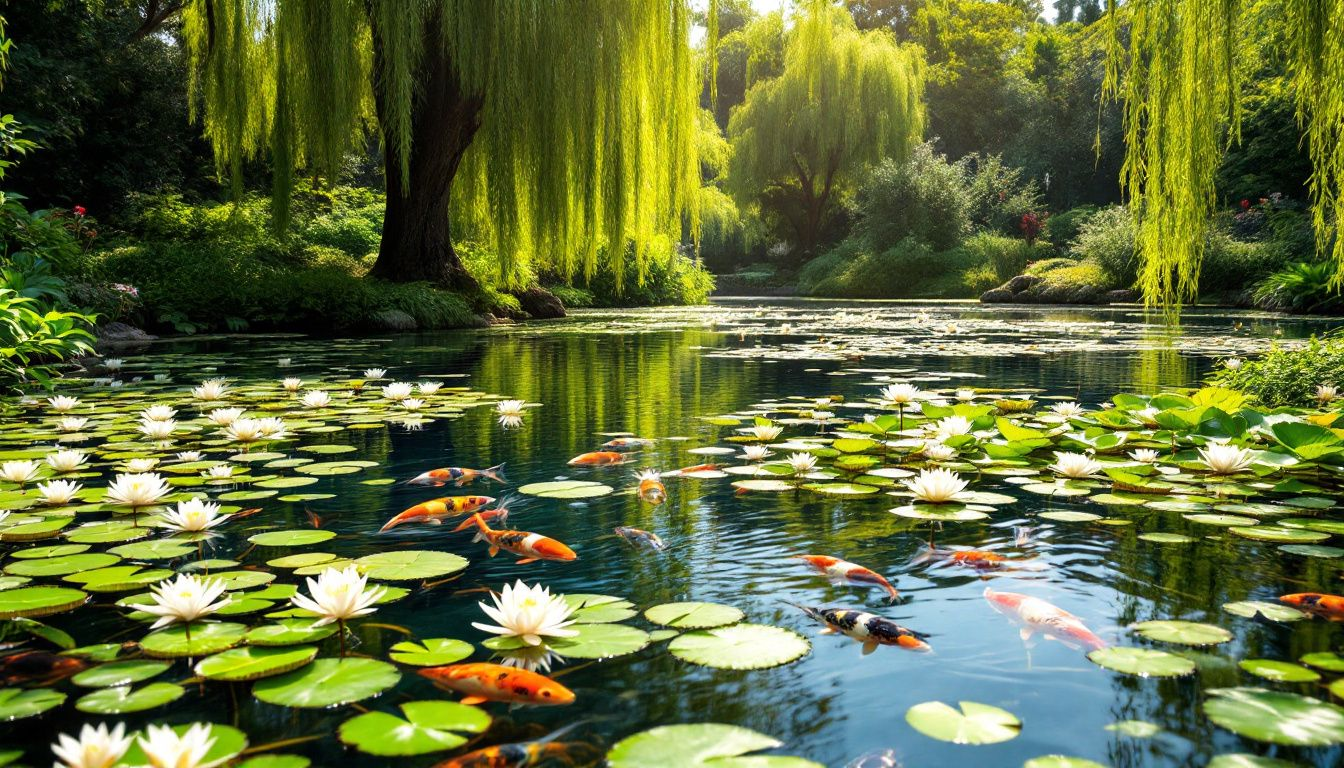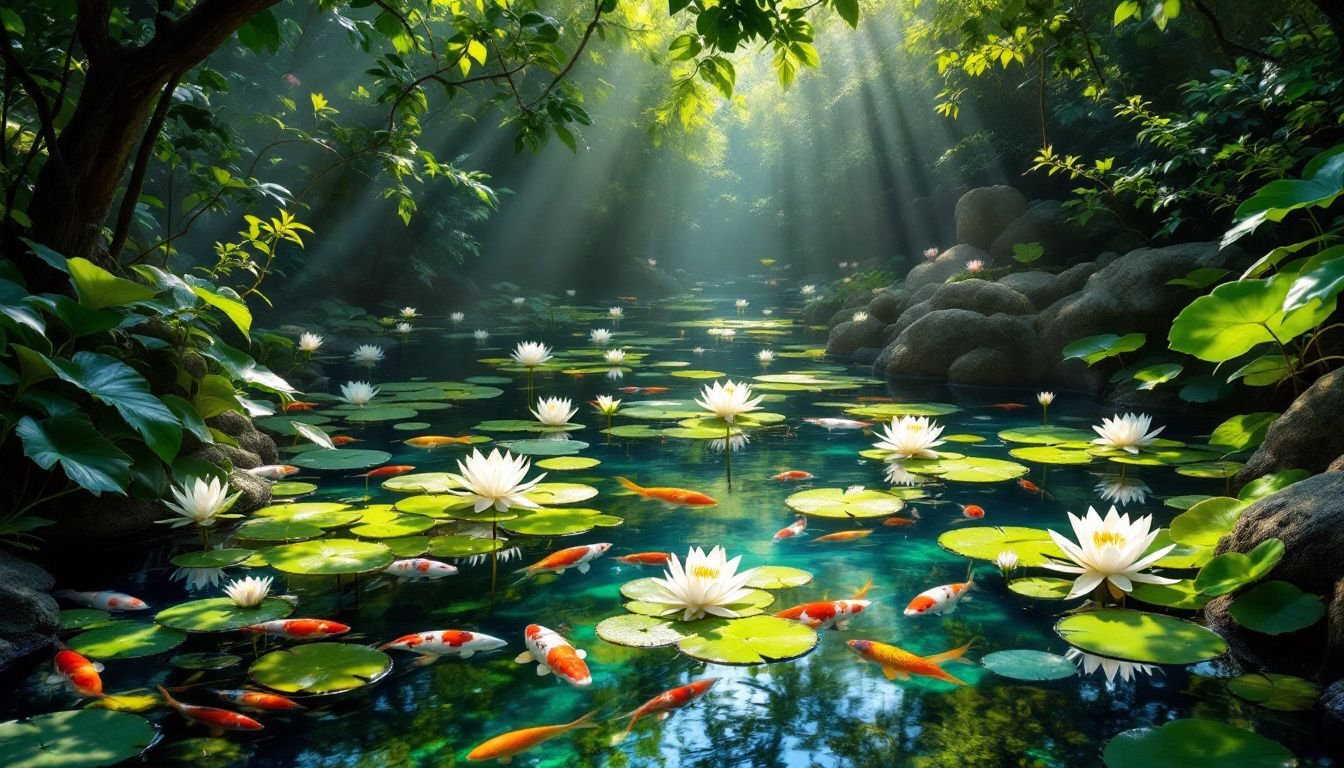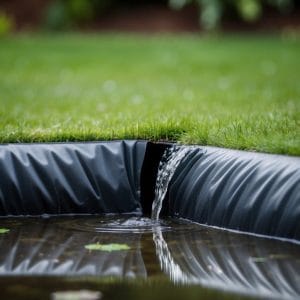
How to Keep Koi from Eating Your Pond Plants: Top Tips and Tricks
If your koi fish are constantly nibbling on your pond plants, you’ve come to the right place. This article will show you how to keep koi from eating your pond plants using effective strategies. We’ll discuss feeding techniques, physical barriers, and specific plant choices to keep your pond ecosystem balanced and thriving.
Key Takeaways
Understanding koi behavior is key; well-fed koi are less likely to munch on your pond plants.
Using physical barriers like rocks and mesh nets can effectively protect your plants from koi.
Choosing the right plants, like fast-growing and floating varieties, can help deter koi from eating them.
How to Keep Koi from Eating Your Pond Plants: Top Tips and Tricks

Whether you’re a seasoned pond owner or just starting, keeping koi from eating your pond plants is a common struggle. Koi fish are curious and often nibble on newly introduced plants, sometimes causing significant damage.
However, with the right strategies, you can create an environment where both your koi fish and aquatic plants flourish. We will explore koi behavior, feeding techniques, and physical barriers to help you protect your pond plants and maintain a balanced aquatic environment.
Introduction
Maintaining harmony between koi and plant life in your pond is no small feat. Koi fish, with their ever-curious nature, tend to nibble on pond plants in search of food, often leaving your foliage looking disheveled or even completely destroyed. This nibbling habit can disrupt the ecosystem, leading to decay and imbalance.
Fortunately, employing the right methods can prevent your pond plants from becoming koi snacks, fostering a thriving aquatic environment.
Understanding Koi Behavior
Understanding the reasons behind koi behavior is essential before exploring solutions. Koi are naturally curious creatures and often use their mouths to explore their surroundings, which can lead to them disturbing or uprooting pond plants. They are known to forage on newly introduced plants, making them particularly vulnerable.
Koi generally prefer pelleted food over aquatic plants if both are available. Knowing these behaviors allows for more effective strategies to protect your plants.
Feeding Strategies to Deter Plant Eating
One of the most effective ways to keep koi from eating pond plants is to ensure they are well-fed with quality koi food. Regular feeding helps satisfy their hunger, reducing the likelihood that they’ll turn to your plants for nourishment.
Establishing a feeding schedule and offering a varied diet can make a significant difference in deterring more food planted plant eating.
Establishing a Feeding Schedule
Feeding your koi once or twice daily on a regular basis can significantly reduce their inclination to nibble on pond plants. During each feeding session, aim to feed them for about five minutes, using pelleted food that matches the size of their pupils.
This regular feeding routine ensures that koi are well-fed and less likely to seek out pond plants as an additional food source.
Offering a Varied Diet
Offering a varied diet can further discourage koi from eating pond plants. While koi prefer pelleted food, they also enjoy fruits and vegetables such as lettuce, cabbage, watermelon, and oranges. A diverse diet keeps koi satisfied and less likely to nibble on aquatic plants.
A varied diet also contributes to their overall health, making them happier and healthier pond inhabitants.
Physical Barriers to Protect Pond Plants

Using physical barriers is an effective method to protect pond plants from hungry koi. Simple techniques such as floating rings with netting or creating separate areas in the pond can safeguard your plants. Rearranging rocks and using vegetable filters can also effectively prevent koi from accessing and nibbling on pond plants.
These barriers help ensure that your plants remain intact and can thrive alongside your koi fish.
Using Rocks and Mesh Nets
Placing larger rocks around the base of your plants can prevent koi from uprooting them. Rocks of 3-5 inches in diameter can provide sufficient coverage for plant roots.
Choosing appropriate rocks can greatly enhance the protection of your pond plants.
Creating Plant Shelves
Constructing shallow shelves with sturdy rock barriers can elevate pond plants beyond the reach of koi. These shelves not only protect the plants but also withstand water movement and koi activity.
Plant shelves provide a way to safeguard your vegetation while allowing koi to thrive.
Choosing the Right Plants for Koi Ponds

Choosing the right plants can help prevent koi from eating them. Water lettuce and large-leaved lotus, for example, are less appealing to koi and offer natural protection. A diverse range of plant types can minimize damage from koi feeding.
Aquatic plants can also create natural shade, benefiting both the pond plants and the koi.
Fast-Growing Plants
Fast-growing plants like lotus are resilient options that can withstand koi nibbling while providing shade and reducing algae growth. Water hyacinths, another rapid-growing option, can be used as a low-cost food source for koi, helping to protect more valuable plants.
Including diverse plant types in the pond can further minimize damage caused by koi feeding.
Floating Plants
Floating plants like water lettuce can create cover that helps protect rooted plants from koi feeding. Choosing specific varieties, such as water lettuce and large-leaved lotus, can deter koi from eating them, ensuring your koi pond plants remain safe and thriving.
Alternative Solutions to Protect Pond Plants
In addition to feeding strategies and physical barriers, there are alternative solutions to protect your pond plants. Creating a designated area for plants within the koi pond using strong nylon mesh can safeguard them from koi. Utilizing mesh nets can effectively prevent koi from uprooting plants, ensuring they remain intact.
These protective measures are essential for maintaining healthy pond plants.
Vegetable Filters
Vegetable filters, such as bogs, are designed to provide benefits for pond plants while minimizing koi access to them. By creating a thriving plant area that is safe from koi predation, you can ensure the health and longevity of your aquatic plants.
Cheaper Snack Options
Introducing inexpensive plants like water hyacinths can serve as a sacrificial food source for koi, allowing them to feed without harming more valuable plants.
This strategy ensures that your prized pond plants remain protected while keeping your koi satisfied.
Maintaining Ideal Pond Conditions

Maintaining a balanced ecosystem in your koi pond is essential for the health of both your koi and your plants. Ensuring a sufficient amount of plants compared to fish helps reduce koi’s tendency to nibble on them. Proper fish stocking limits suggest having no more than ten inches of fish for every 100 gallons of water.
Aquatic plants play a critical role in cleaning the water and providing oxygen, promoting a healthier ecosystem.
Balancing Fish and Plant Population
Balancing fish and plant populations is crucial for maintaining pond health. The recommended koi stocking density is one inch of fish per 10 gallons of water. Insufficient space for koi can harm the health of pond plants. It may also negatively affect water clarity.
Adding new plants all at once can reduce individual consumption by koi, promoting a thriving pond ecosystem.
Monitoring Water Quality
Regular water quality checks are crucial for the health of both koi and aquatic plants, as water temperature can greatly affect fish health. Consistent water testing maintains optimal conditions, as pH levels can also influence this balance.
Monitoring water quality ensures a healthy pond environment, benefiting all pond inhabitants.
Additional Tips for Plant Protection

In addition to the strategies discussed, there are more tips to protect your pond plants. Consistent monitoring and maintenance of pond plants are vital for their thriving and maintaining ecosystem balance.
Quarantining new plants and offering shade and shelter are effective ways to protect pond plants from koi.
Quarantine New Plants
Quarantining new aquatic plants for 2-3 weeks before adding them to the main pond can prevent the introduction of pests or diseases. This isolation period helps identify any hidden issues, ensuring the safety of your pond ecosystem.
Providing Shade and Shelter
Creating shaded areas in the pond helps protect delicate plants from harmful sunlight and grazing by koi. Providing structures like rocks or artificial shelters can further protect plants from koi feeding habits.
These strategies promote healthy plant life and ensure the longevity of your pond plants.
Summary
In summary, protecting your koi pond plants from hungry koi involves a combination of understanding koi behavior, implementing feeding strategies, using physical barriers, selecting the right plants, and maintaining ideal pond conditions. Regular feeding schedules, varied diets, and physical barriers like rocks and nets can significantly reduce plant nibbling. Choosing resilient and less appealing plants, creating designated plant areas, and using vegetable filters further safeguard your plants. Maintaining a balanced ecosystem and monitoring water quality are crucial for pond health. Implementing these tips and tricks will help you create a beautiful, thriving koi pond where both your koi and pond plants coexist harmoniously.



